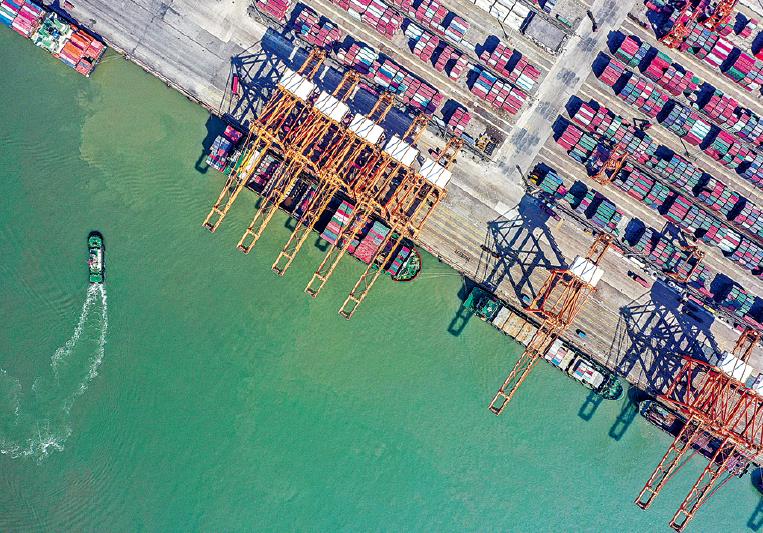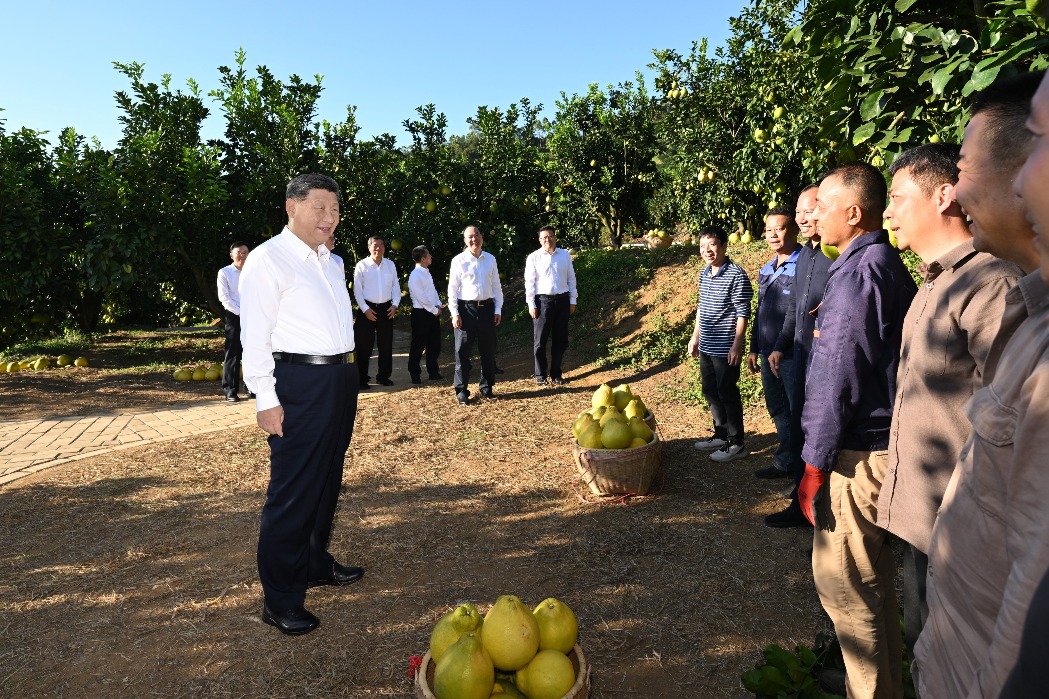BRI proof that shared prosperity can bridge geographical divides


The Belt and Road Initiative is about more than just infrastructure. It is a platform for connection, trust and shared dreams. Proposed in 2013, the initiative has become a bridge not only of trade, but of ideas and opportunities.
A new report compiled jointly by Fudan University in Shanghai and Australia-based Griffith University notes the continued dynamism of China's overseas cooperation, noting a steady uptick in clean energy projects, technology collaboration and joint ventures in emerging markets. While some voices remain skeptical, looking at these partnerships through outdated ideological lenses, the facts tell a different story — one of mutual gain, evolving priorities and long-term sustainability.
The report says that Chinese construction contracts and investments in the countries involved in the initiative reached $124 billion in the first half of 2025, surpassing the full-year total of 2024 and setting a new record. Energy cooperation saw particularly strong momentum, with China's energy-related engagement hitting $42 billion, a 100 percent increase compared to the same period last year. Technology and manufacturing also stood out as major growth areas, attracting $23.2 billion in Chinese investment, more than twice the amount recorded in the first half of 2024.
China has helped install 11.9 gigawatts of green energy in countries participating in the initiative in the first six months. Construction projects related to green energy, including hydropower, were valued at $5.7 billion in the first half of this year, up from $4.4 billion year-on-year.
China's approach is rooted in consultation and cooperation. It does not impose political conditions, unlike some countries that have used development aid as a tool for interference. Also, the goal of China's development partnership is to support them in achieving their own ambitions.
The benefits for countries involved in the Belt and Road Initiative are not just economic. Through science and technology parks, joint research centers and people-to-people exchanges, cooperation has spurred innovation and strengthened cross-cultural ties. Many students from Asia, Africa and Latin America have come to China for training and education, and returned home with enough skills to contribute to local development. The construction of fiber-optic networks, e-commerce platforms and smart logistics hubs has accelerated digital transformation in places where such progress once seemed distant.
At a time when global development needs are immense, partnerships that deliver results are more valuable than ever. Major economies should focus on enhancing cooperation and offering meaningful support to developing countries. Competition in global development should be about who can build better schools, provide more stable energy and create more inclusive growth, not ideological narratives or strategic containment.
China's cooperation model is not without challenges, and every project must ensure transparency, accountability and environmental responsibility. But the overall trajectory is clear. It is a model that adapts, listens, and responds to the evolving needs of partners. The growing number of countries that seek deeper cooperation with China speaks louder than criticism.
Ultimately, development is judged by outcomes. And the outcomes of China's development partnerships are visible across continents. As the United Nations' 2030 Agenda for Sustainable Development states, such partnerships exemplify how pragmatic collaboration can turn global goals into local realities, proof that shared prosperity is the only narrative that truly bridges divides.

































